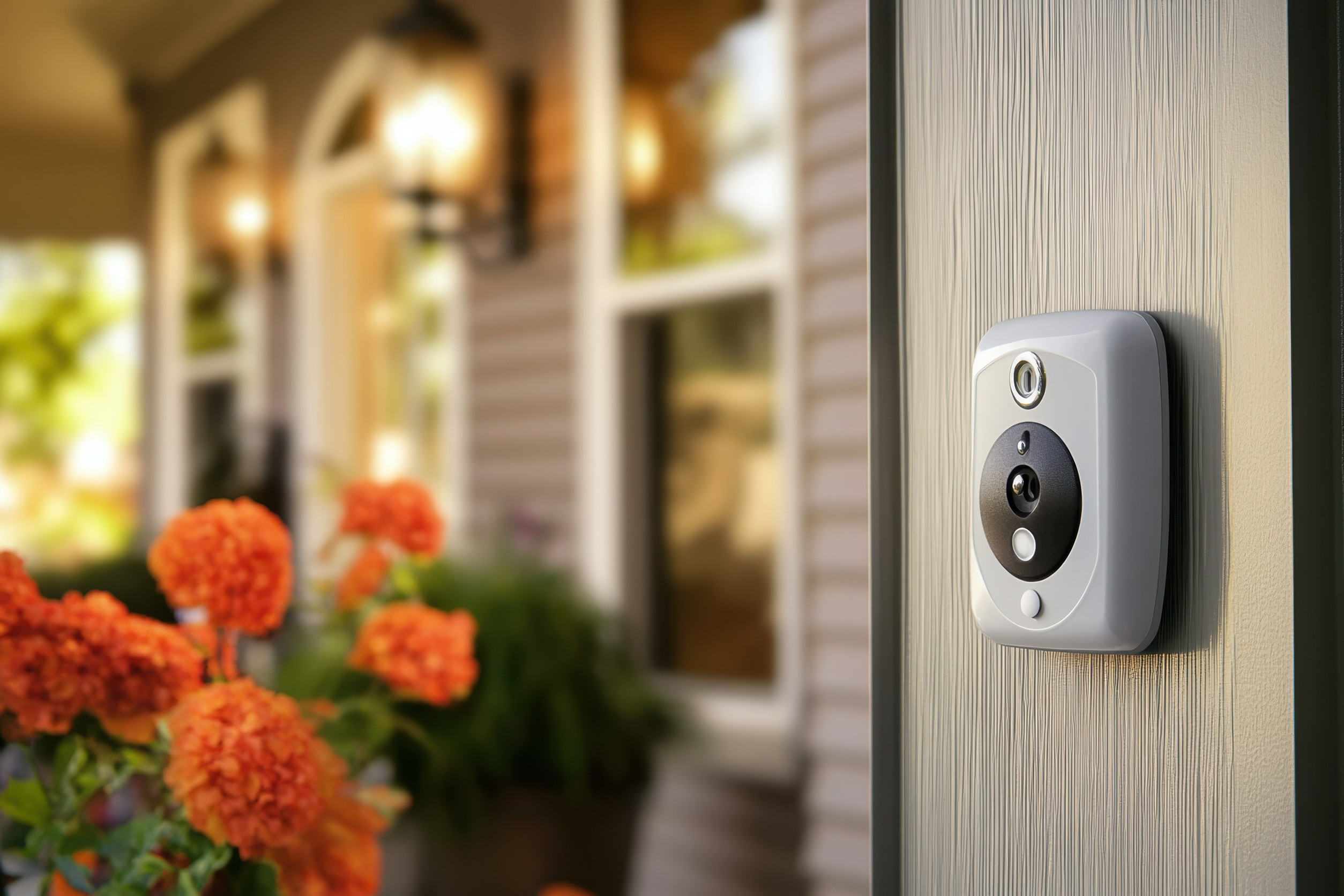The world is brimming with shiny new tech that promises to make life smoother, safer, and more connected. Every year, devices become smarter, apps more intuitive, and services more convenient. But beneath the glossy marketing campaigns and sleek design lies an uncomfortable truth: many of these “innovations” are nothing more than surveillance tools.
They blur the line between convenience and intrusion, making it easier than ever for corporations and governments to know exactly where people are, what they are doing, and what they might do next.
1. Smart Home Assistants
Smart home assistants have become household staples, eager to turn on the lights, set a timer, or play a favorite song with just a voice command. The catch is that these devices are always listening, waiting for a “wake word” to spring into action. This means ambient conversations and background noise can be recorded and stored, sometimes even reviewed by company employees. Data gathered can help improve services, but can also be sold or handed over to authorities if requested. The living room, once private, now doubles as a monitored space.
2. Fitness and Health Trackers
Wearable fitness trackers help millions monitor their steps, heart rate, and sleep patterns. While they encourage healthier habits, they also collect intimate biometric data around the clock. This information is stored on company servers and can be vulnerable to breaches or third-party sharing. Insurers and marketers are increasingly interested in these insights to tailor policies or sell products. The wristband that counts steps can quietly count far more than calories burned.
3. Facial Recognition on Phones
Unlocking a smartphone with a glance feels like a magic trick that saves precious seconds each day. Yet, the facial data collected and stored goes far beyond mere convenience. These biometric records can be used by companies for targeted ads or, in some countries, by authorities for surveillance purposes. Unlike a password, a face cannot be changed if hacked or leaked. What seems like effortless security is also an irreversible gateway to tracking and profiling.
4. Smart Doorbells and Security Cameras
Smart doorbells and home security cameras promise peace of mind by letting homeowners see who is at the door from anywhere in the world. However, they also record hours of footage from neighborhoods and streets, often capturing unsuspecting pedestrians. This constant recording can be shared with law enforcement without a warrant in some areas. Footage can be hacked or misused, creating a digital eye that watches more than just the porch. Safety can quickly turn into neighborhood-wide surveillance.
5. Personalized Ads and Recommendations
Online ads that seem to know exactly what is needed can feel like a helpful nudge to buy. In reality, they are the product of extensive tracking of browsing history, search terms, and social interactions. Every click, pause, or purchase feeds an algorithm that builds a detailed profile of preferences and habits. This data is stored indefinitely and traded between advertisers and data brokers. The tailored shopping experience doubles as a window into private lives.
6. Location Sharing Features
Location sharing makes it easy to meet friends, navigate traffic, or get local weather updates. But constantly pinging a phone’s whereabouts allows companies and apps to build a detailed map of daily movements. This data can reveal home addresses, workplaces, routines, and even secret relationships. Many users forget these settings are on by default and rarely consider how often location is shared. What seems like a helpful shortcut is also a breadcrumb trail of daily life.
7. Smart Cars and Connected Vehicles
Modern cars do more than drive; they collect vast amounts of data about routes, speed, and driver behavior. These vehicles can sync with smartphones, track locations, and even record conversations through voice-activated systems. Automakers and third-party apps analyze this data for performance improvements but also for targeted marketing and, in some cases, to share with insurers or law enforcement. Drivers rarely think of their car as a data hub on wheels. The freedom of the open road now includes a passenger who never forgets.
8. Social Media Check-Ins and Tags
Sharing a location on social media, whether at a new restaurant or a faraway vacation spot, feels like a harmless way to connect. Yet, each check-in adds to a detailed timeline of movements, preferences, and personal networks. Social media companies analyze this information to refine ad targeting and engagement strategies. Law enforcement and malicious actors can use these posts to track the whereabouts in real time. The thrill of sharing adventures often comes with a hidden cost to privacy.
The Cost of Convenience
What appears to be cutting-edge, convenient technology often hides an uncomfortable reality: surveillance is woven into daily routines. Devices and apps once hailed as life-changing often gather more than they give, trading privacy for personalization and ease. It is crucial to remember that every smart feature has a trade-off, and awareness is the first step toward better choices.
Users must ask themselves whether the benefit is worth the data handed over every second. Share thoughts or experiences below — how does surveillance technology shape everyday life?
Read More
5 Technology Trends That Experts Say Could Harm Mental Health
12 Popular Tech Gadgets That Are Already Obsolete


